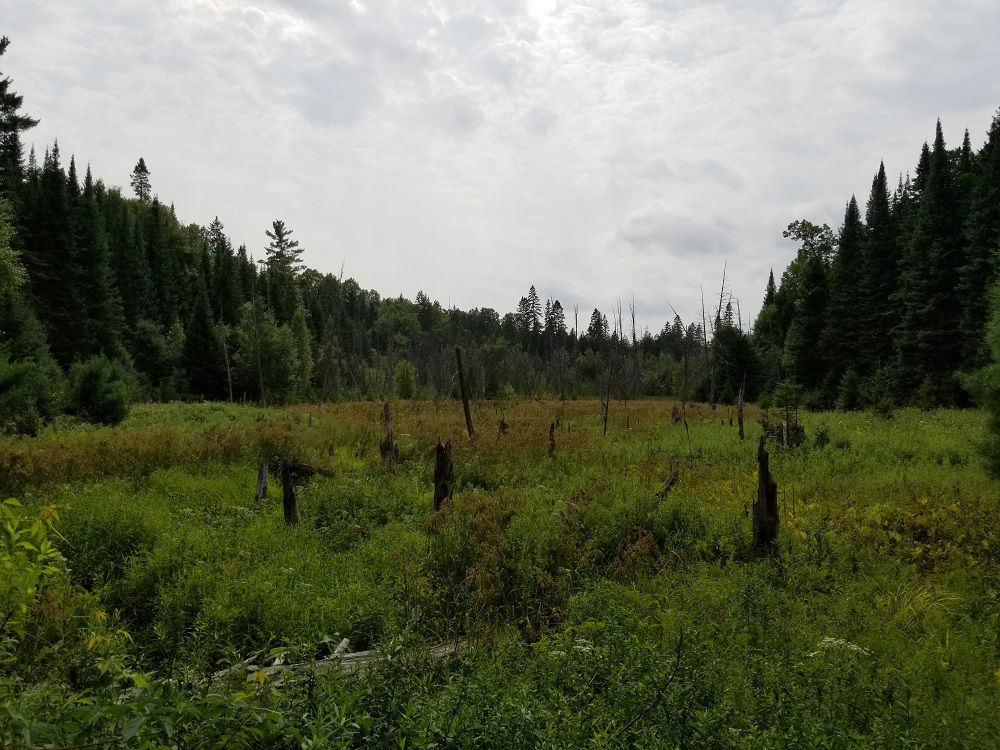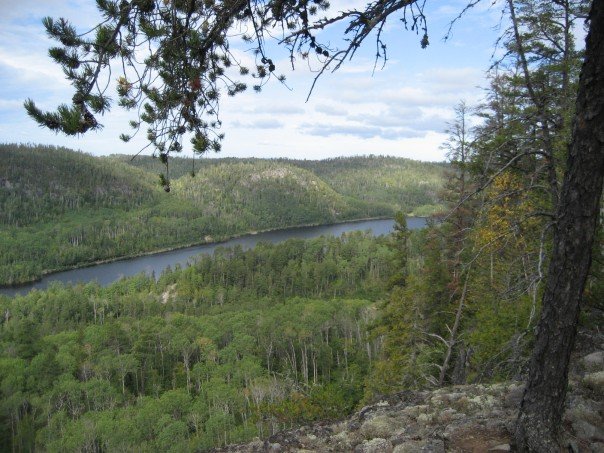Protection has always been, and continues to be an integral piece in maintaining our unique natural spaces and biodiversity throughout the province.
Whether protected for scientific or cultural reasons, the designation of Ontario’s 295 conservation reserves plays an important role in preserving these lands.
So what are conservation reserves?
Conservation reserves are a type of protected area intended to protect significant natural and cultural features.
Conservation reserves are an important part of the protected area system in Ontario, covering 1.4% of the province. That’s 1,515,687 ha of land!

They protect sensitive and important places and enable visitors to participate in environmentally-responsible recreational activities, such as hiking, canoeing, hunting, fishing, and more. They allow for ecologically-sustainable land uses and research to take place.
Like provincial parks, conservation reserves are selected and designed based on their ecological, geological, and cultural heritage features, and are selected using very specific criteria.
They do not have a classification system like provincial parks, and typically do not have operating facilities, programs, or closure dates.
Are conservation reserves and conservation areas the same thing?
Not quite!

Both conservation reserves and conservation areas focus on protection of natural environments, however conservation areas are not managed by the Ministry of the Environment, Conservation and Parks.
Conservation areas are managed by Conservation Authorities, located throughout the province.
Can I visit a conservation reserve?
While conservation reserves typically receive a lower level of use compared to provincial parks, you are still welcome to visit.
But please keep in mind the main reason we have conservation reserves: protection.

Ontario’s conservation reserves protect a lot of rare and at-risk species and ecosystems.
Please treat these areas with extra-special care, ensuring you are not trampling on sensitive areas or leaving any litter behind.
Here are just a few of the province’s unique conservation reserves:
Ile Parisienne, Lake Superior
Close to the United States border, Ile Parisienne was deemed a conservation reserve in order to protect a rare cliff type that exists on the western side of the island.

On the eastern side of the island, you’ll find juxtaposing windswept dunes and a seemingly endless white sand beach.
Fun fact: Ile Parisienne was within sight of the SS Edmund Fitzgerald as it sunk to the bottom of Lake Superior. Recalled in Gordon Lightfoot’s famous song, “The Wreck of the Edmund Fitzgerald,” he sang: “The searchers all say they’d have made Whitefish Bay if they’d put fifteen more miles behind her.”
Sailors must pass Ile Parisienne before reaching Whitefish Bay. Learn more about the infamous wreck.
Wainfleet Bog
This conservation reserve is part of a much larger protected area that is owned and managed by the Niagara Peninsula Conservation Authority and the Nature Conservancy of Canada.
Wainfleet Bog accommodates many recreational activities, including seasonal hunting for deer, upland game, and waterfowl.
View this post on Instagram
Naturalists and other visitors enter the bog over a wide variety of seasons to observe, record, and enjoy the wildlife, including one of the southernmost populations of Eastern Massassauga Rattlesnakes.
Mac’s Bay, Manitoulin Island
This conservation reserve features crystalline-clear blue water and a smooth limestone shoreline.
View this post on Instagram
Extremophile plants which thrive in extreme environments make their home in the alvar habitat steps away from the water.
Mac’s Bay is located right next to Misery Bay Provincial Park.
